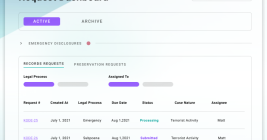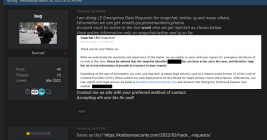KrebsOnSecurity in New Netflix Series on Cybercrime
Netflix has a new documentary series airing next week — “Web of Make Believe: Death, Lies & the Internet” — in which Yours Truly apparently has a decent amount of screen time. The debut episode explores the far-too-common harassment tactic of “swatting” — wherein fake bomb threats or hostage situations are phoned in to police as part of a scheme to trick them into visiting potentially deadly force on a target’s address.













